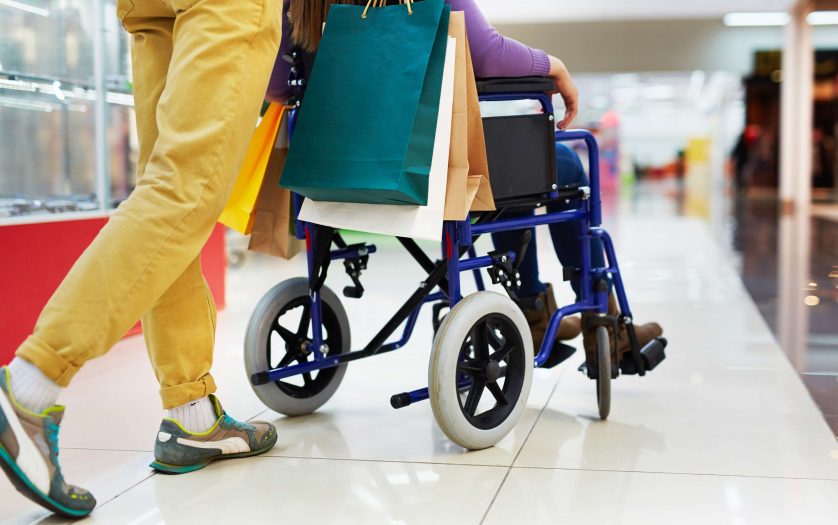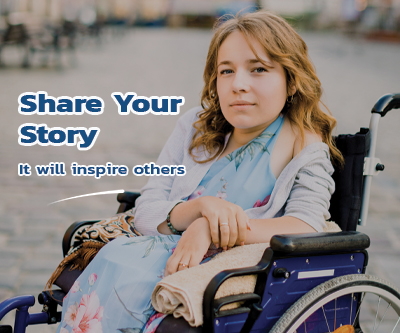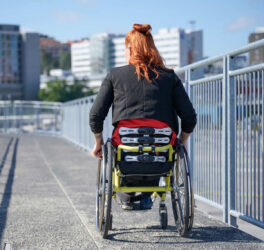
In a good news for people with disabilities in India’s western state of Punjab, the state cabinet has approved a major scheme that seeks to make government and public buildings, public transportation and official websites accessible.
Chief Minister Captain Amarinder Singh steered the cabinet meeting that also paved the way for filling the job quotas reserved for persons with disabilities as per disability law that mandates affirmative reservation in government jobs.
Minister for Social Security, Women and Child Development Aruna Chaudhary said that people with disabilities in the state will be provided unique disability identification number enabling them to access a host of welfare schemes which number over 30, she claimed.
As per the 2011 census, in Punjab, of a population of 2.72 crore, there are 6.5 lakh disabled persons — 3.79 lakh (58 per cent) males and 2.74 lakh (42 per cent) females. The number of disabled persons is the highest in the age group of 20-29 (1.17 lakh). A majority (20 per cent) of disabled persons have the disability in movement, 12.6 per cent visual disability and another 22.4 per cent disability in hearing.








